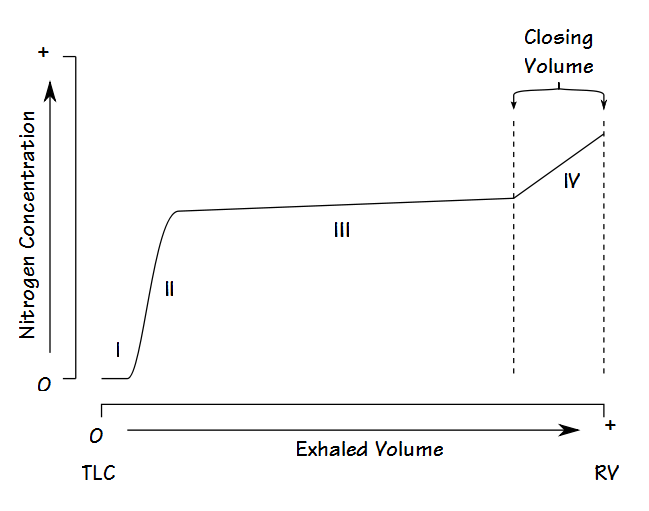As New Year’s Day approaches it is a tradition for people look back to see what has happened during the last year and then look forward and guess what will happen during the next year. I’ve never done a New Year’s blog before but I’ve been mulling over a number of ideas for a while and this looks like a good place to explore them.
I’ve had the opportunity over the last several years to research the history of pulmonary function testing. There are a couple of interesting lessons from the past that may be useful, particularly when we are trying to guess what direction pulmonary function testing is heading towards in the future.
The spirometer as we know it and the measurement of the Vital Capacity began with John Hutchinson in 1846. In a sense there was really nothing new in what he did. His spirometer was a modified gasometer that had been invented by James Watt in 1790 and used by other researchers (notably Humphrey Davy who was the first person to measure the Residual Volume). The Vital Capacity had also been measured previously by many individuals. The remarkable thing that Hutchinson did however, was to present the first true population study and to clearly show the relationship between age, height and the Vital Capacity.
Measuring the Vital Capacity took off like a rocket and researchers all across Europe and the United States studied it in many different diseases and locations. An incredibly wide variety of spirometer technologies were developed as well, some of which are still in use. Over and over again researchers tried to show the value of the Vital Capacity (particularly in Tuberculosis) but the reality is that the clinical value of the Vital Capacity is quite limited. This is because when you only look at the volume of the Vital Capacity there are many reason why it can be reduced and so the finding of a reduced Vital Capacity is non-specific. The clinical use of spirometers languished for decades and the biggest use of spirometers wasn’t clinical at all, they were instead mostly used in schools, gymnasiums and penny arcades to measure lung “power”.

